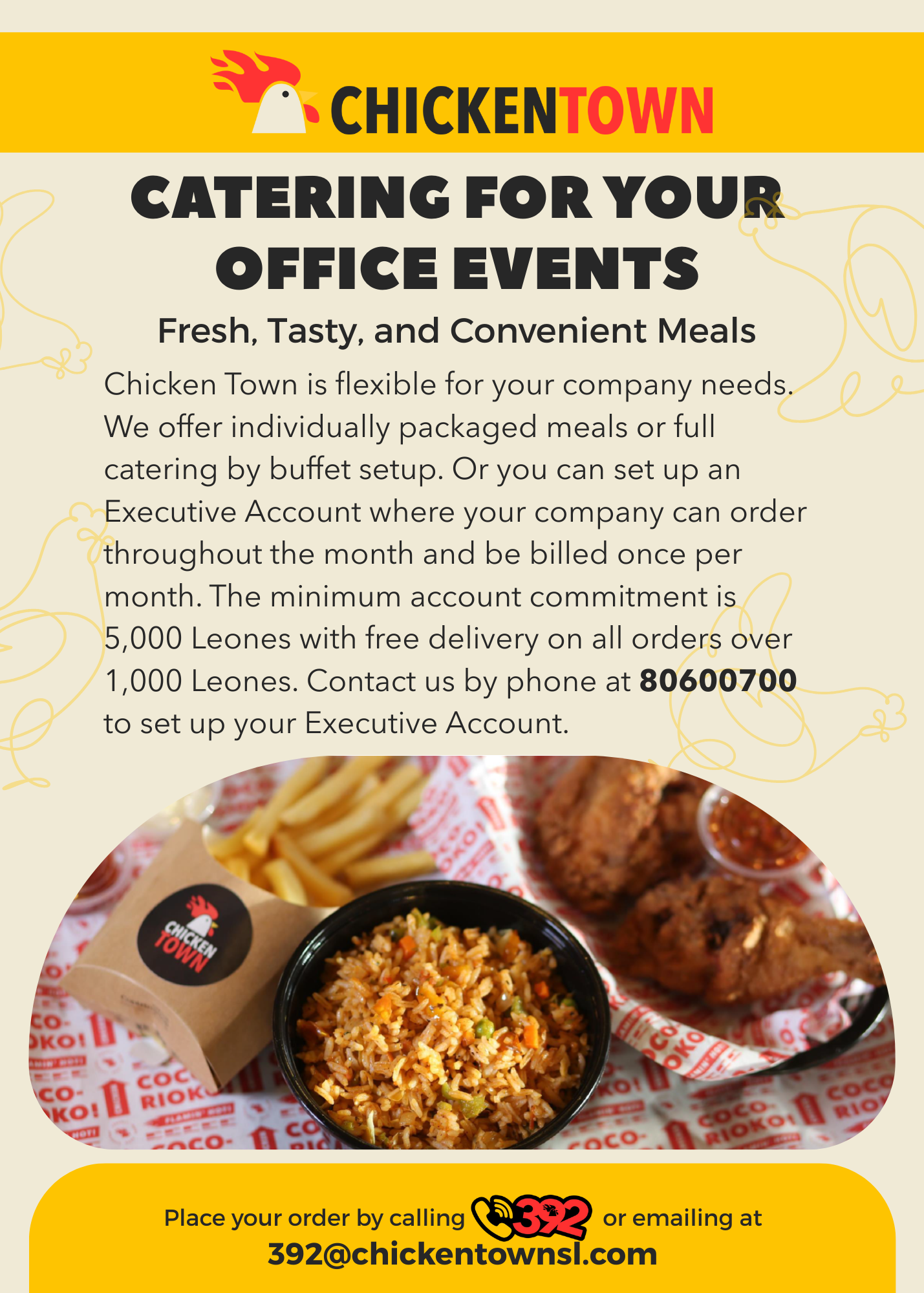By Kadiatu A Turay
The River Rokel, Sierra Leone’s largest river, serves as a vital artery connecting the capital city, Freetown, to Lungi, home to the country’s only international airport. This waterway is not just a geographical feature but a lifeline for commerce, travel, and cultural exchange. However, the sea transportation system on this route has faced numerous challenges over the years, prompting interventions from various stakeholders to enhance its efficiency and safety.
Historical Context
Historically, sea transportation between Freetown and Lungi has been fraught with difficulties. A 2016 report highlighted the precarious state of ferry services, noting frequent breakdowns and safety concerns. Passengers often resorted to using unsafe wooden boats without protective gear, leading to heightened risks. Sahid Abdulla, Ferry Manager at the time, emphasized the urgency of addressing these issues, stating that without proper maintenance and infrastructure improvements, such problems would persist.
Government Initiatives and International Partnerships
Recognizing the critical need for improvement, the Sierra Leone government has taken significant steps to revitalize the sea transportation sector. In September 2021, a landmark agreement was signed with Negmar, a Turkish maritime transportation and logistics company, to provide ferry services between Lungi and Freetown. This public-private partnership aimed to introduce reliability, comfort, and dignity to public transportation across the Sierra Leone River. The contract outlined the provision of four ferries two exclusively for passengers and two for both vehicles and passengers with the potential for expansion based on demand. Additionally, the agreement included commitments to modernize ferry terminals at Government Wharf, Kissy, and Tagrin, and to train Sierra Leone maritime staff, with a goal of employing 95% local personnel.
Minister of Transport and Aviation, Alhaji Fanday Turay had expressed optimism about the partnership, stating that the new ferry service would introduce “reliability, comfort, and dignity” in public transportation across the Sierra Leone River. He emphasized that these improvements would be achieved at an affordable price for all.
Infrastructure Developments
The tangible outcomes of these initiatives became evident in July 2022 when two new ferries from Norway arrived at the Queen Elizabeth II Water Quay. Each ferry boasts a capacity of 90 vehicles and 260 passengers, operating on regular, time-bound schedules between Government Wharf and Lungi Tagrin. Minister Kallon highlighted that this development aligns with the government’s Medium Term National Development Plan and fulfils a manifesto promise by President Julius Maada Bio. He further noted that the new ferries would significantly improve transportation across the Sierra Leone River, unlocking economic activities between the Western Area and the Northwest region, and creating employment opportunities for the youth.
Stakeholder Perspectives
The introduction of new ferries has garnered positive reactions from various stakeholders:
Local Businesses: Improved ferry services have facilitated smoother logistics for businesses operating between Freetown and Lungi. Traders can now transport goods more efficiently, reducing costs and time delays.
Tourism Sector: Enhanced sea transportation has made travel more appealing to tourists, contributing to the growth of the tourism industry.
Residents and Commuters: Daily commuters have experienced a significant improvement in their travel experience, with reduced waiting times and increased safety measures.
Challenges and Criticisms
Despite these advancements, some concerns have been raised regarding the 25-year agreement with Negmar. Critics argue that the leasing of the country’s ferry terminals to a foreign entity without parliamentary approval lacks transparency and may not fully consider the long-term interests of Sierra Leone. The Africanist Press reported that the agreement grants Negmar exclusive rights over all infrastructure and assets of the port terminals in Lungi and Freetown for a 25-year period, a move that has sparked debates about sovereignty and economic control.
Future Outlook
The government’s commitment to commissioning additional ferries underscores a proactive approach to addressing the transportation needs of its citizens. The anticipated commissioning of four new ferries aims to further alleviate travel constraints between Freetown and Lungi, enhancing convenience and safety for passengers.
The evolution of sea transportation between Freetown and Lungi reflects a concerted effort by the Sierra Leoneans government and its partners to modernize critical infrastructure. While significant progress has been made, it is essential to balance development initiatives with transparency and public interest. Continuous engagement with stakeholders, rigorous oversight, and a commitment to sustainable practices will ensure that the River Rokel remains a conduit for prosperity and connection for all Sierra Leoneans.




